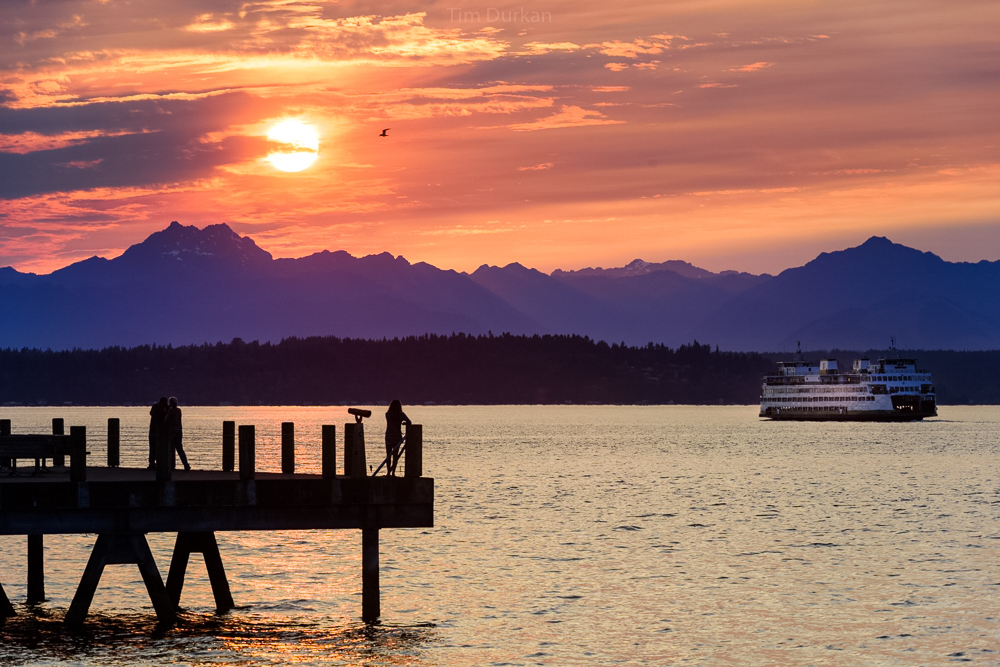

14th Avenue NW at NW 58th Street
Seattle is known worldwide as the Emerald City thanks to our lush, verdant landscape. Of course we have Mother Nature to thank since she provides the 38 inches of annual rainfall that makes our city so green.
So where does all that water go? In urban environments like Seattle, most of our rain falls upon hard, impervious surfaces and is funneled into a stormwater conveyence system. On its way to the stormwater system, the run-off picks up and carries pollutants like oil, sediments, and fertilizers which are ultimately deposited into to our lakes, rivers, wetlands, and the Puget Sound.
In an effort to enhance water quality, SDOT has started taking a greener approach when we design or retrofit facilities. For example, the recently completed extended curb bulb project at 14th Avenue NW and NW 58th Street was designed to filter polluted run-off and allow rain water to infiltrate into the ground. In this design there are depressed openings at either end of the bulbs that allow stormwater to flow into the landscaped area. The vegetation slows the speed of the water allowing time for the water to percolate into gravel and amended soil which helps reduce the amount of stormwater runoff. Once the area becomes saturated, water exits the swale after the wetland plants filter the pollution particulates. This type of facility is commonly known as a “rain garden”.
SDOT looks to incorporate green design standards in all of our infrastructure projects. As we build more and more green projects throughout the city, these facilities will foster a deeper shade of emerald in our fair city and, ultimately, a healthier Puget Sound.